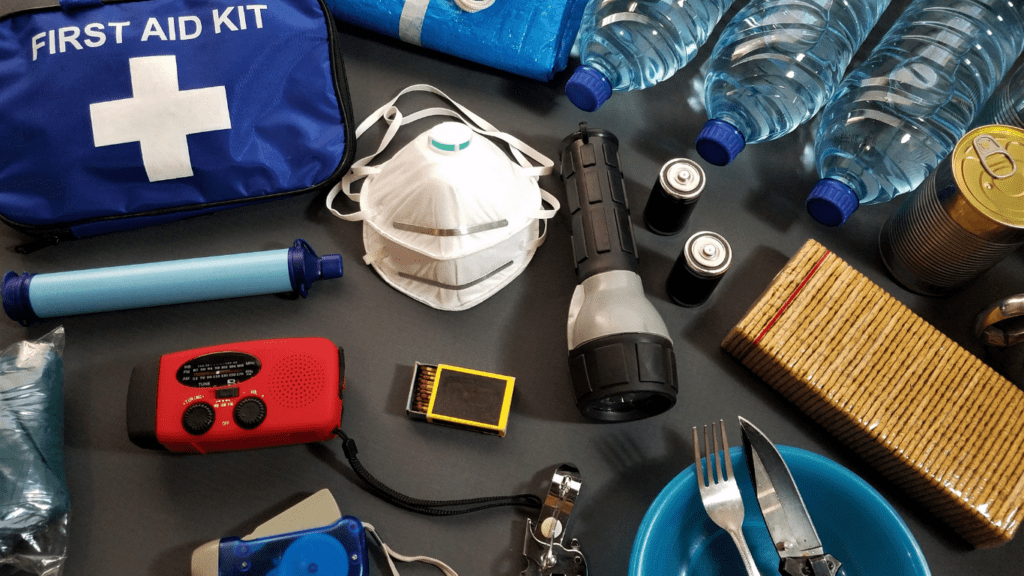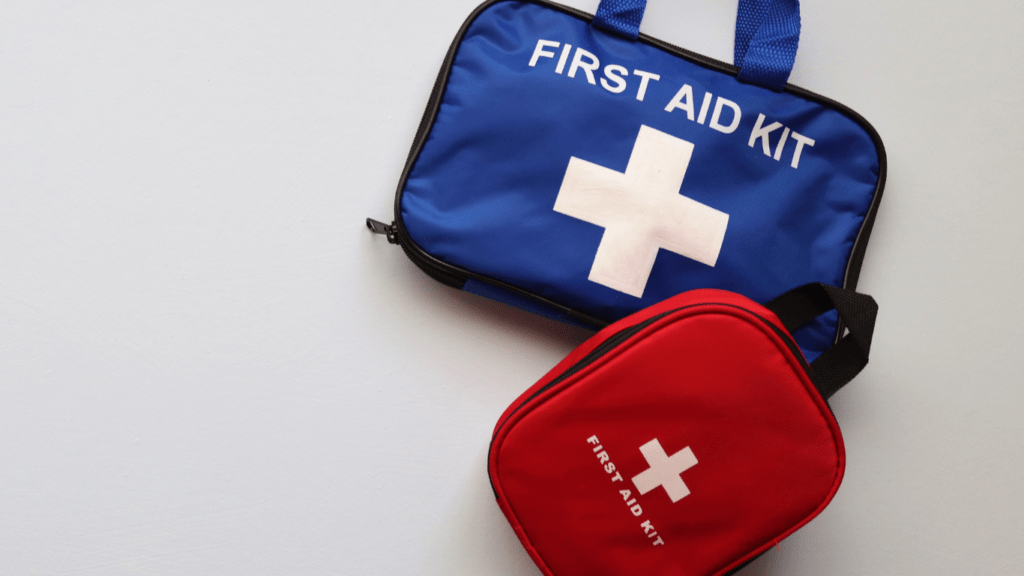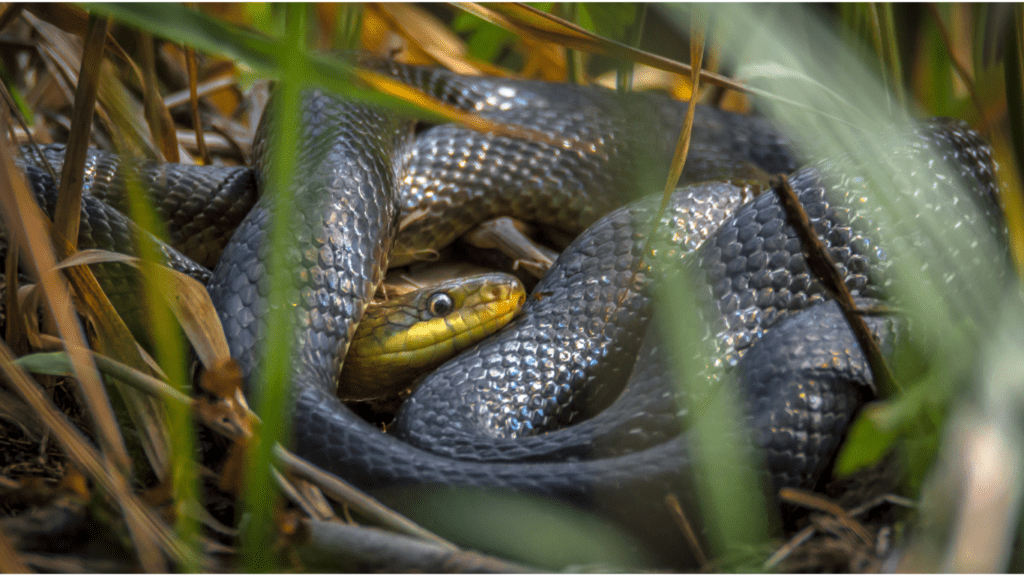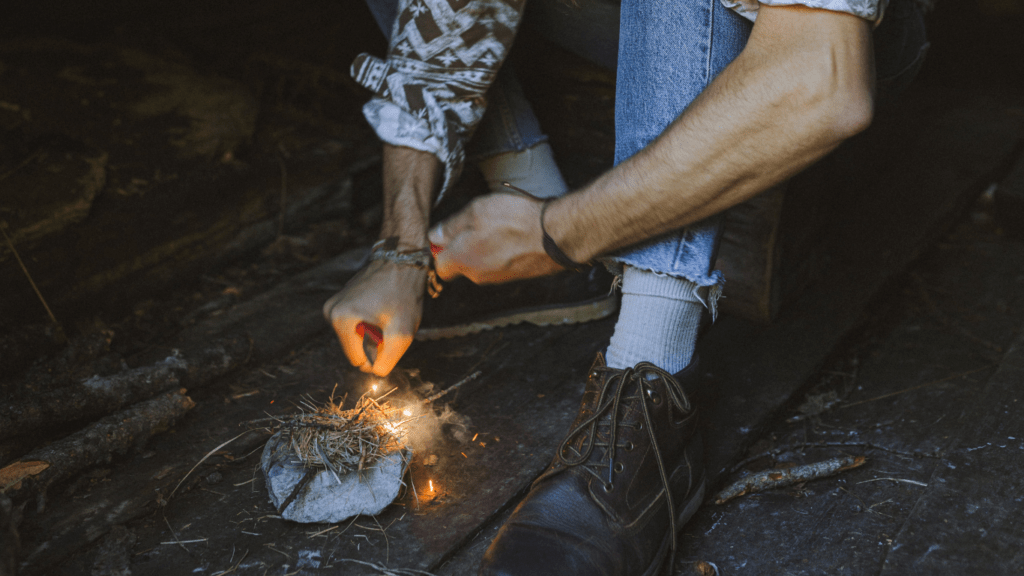Understanding Forest Survival Emergencies
Forest survival emergencies often catch people off guard due to the unpredictable nature of wilderness environments. Quick action and accurate knowledge are essential when facing such situations, where getting help quickly can be challenging. Knowing the common types and causes of emergencies helps in preparation and response.
Common Types of Forest Emergencies
- Animal Encounters: Unexpected confrontations with wildlife, like bears or snakes, might lead to injuries. It’s crucial to know how to react to prevent escalation.
- Falls and Traumas: Falling from heights or tripping can cause fractures or serious wounds. Responding quickly minimizes long-term damage.
- Weather Extremes: Sudden weather changes, including heatstroke or hypothermia, often pose significant threats. Monitoring weather conditions helps manage these risks.
- Dehydration and Starvation: Inadequate food and water intake lead to severe health issues, impeding survival chances.
- Plant Toxicity: Some forest plants cause allergic reactions or poisoning. Identifying safe and hazardous plants is vital.
Causes of Forest Emergencies
- Lack of Preparation: Inadequate supplies, poor planning, or insufficient knowledge leads to emergencies. Comprehensive planning mitigates risks.
- Environmental Conditions: Unpredictable weather, rough terrains, and dense vegetation contribute to survival challenges. Understanding the landscape’s characteristics aids in better preparation.
- Human Error: Mistakes like straying off trails or poor decision-making elevate risks. Vigilance and adherence to best practices reduce errors.
Initial Response Strategies
Initial response in emergencies affects outcome significantly. Perform these steps immediately:
- Assess the Situation: Quickly determine the nature and severity of the emergency. This assessment guides subsequent actions.
- Administer First Aid: Apply basic first aid techniques to stabilize the injured person. This includes stopping bleeding and treating wounds.
- Signal for Help: Use signals like whistles or mirrors to attract attention from rescuers, especially when alone.
Understanding forest survival emergencies enhances preparedness, ensuring that knowledge and swift action can make a crucial difference.
Essential First Aid Kit Items

Carrying a well-stocked first aid kit improves your chances of managing emergencies in the forest. Here’s a rundown of what to include.
Basic Supplies
Basic supplies form the backbone of any first aid kit. Bandages, adhesive tape, sterile gauze pads, and antiseptic wipes each help treat wounds. Include pain relievers like ibuprofen or acetaminophen to manage pain or inflammation. Adding a space blanket protects from hypothermia, while instant cold packs help with swelling and injuries.
Medical Tools
Medical tools provide the means to address specific injuries and are crucial in emergencies. Scissors, tweezers, and safety pins each assist in various tasks like cutting bandages or removing splinters. A digital thermometer gives accurate body temperature readings, while a CPR mask ensures safe mouth-to-mouth resuscitation. Having a multi-tool with various functions is invaluable in diverse situations.
Emergency Gear
Emergency gear supports survival and enhances preparedness. Include a whistle to signal for help and a waterproof flashlight for visibility. A compact mirror can double as a signaling device, while high-energy snacks like protein bars provide necessary fuel. Don’t forget a fire starter kit to build a fire for warmth and signaling, and a notepad and pen to document medical conditions or leave messages.
Addressing Common Injuries
Addressing common injuries quickly can make a significant difference when you’re deep in the woods. Below are essential strategies for handling some of the most frequent injuries encountered during forest survival situations.
Cuts and Scrapes
Cuts and scrapes are often unavoidable. Start by cleaning the wound with clean water to remove dirt and debris. Apply an antiseptic wipe to disinfect the area and prevent infection. Use sterile bandages to cover the wound, changing them daily or when dirty. Keep an eye out for signs of infection, like redness or swelling.
Fractures and Sprains
Fractures and sprains require immediate immobilization to prevent further injury. For fractures, use splints from sticks and secure them with cloth or bandages. Elevate the injured limb if possible and apply a cold compress to reduce swelling. For sprains, follow the R.I.C.E. method: Rest, Ice, Compression, and Elevation. Avoid putting weight on the injured limb and seek professional medical help as soon as possible.
Insect Bites and Stings
Insect bites and stings can cause pain and allergic reactions. Remove stingers immediately by scraping them off with a flat object. Clean the affected area with soap and water and apply a cold compress to reduce swelling. Use antihistamines to manage itching and swelling. In case of severe allergic reactions, such as difficulty breathing or swelling of the face, administer an epinephrine injection if available and seek emergency medical help.
By understanding these common injuries and their treatments, you’ll be better equipped to handle emergencies in the forest, ensuring safety and well-being during your outdoor adventures.
Dealing with Environmental Challenges
Survival in the forest demands readiness for various environmental challenges. Knowing how to manage these risks is vital for safety.
Hypothermia
Hypothermia occurs when the body loses heat faster than it can produce it. It happens in cold, wet, or windy conditions. Symptoms include shivering, slurred speech, slow breathing, and fatigue. To address this, get the person to a warmer place, remove wet clothing, and wrap them in dry blankets or clothing layers. Use body heat if necessary. Keep the head covered and offer warm, non-alcoholic beverages if the person is conscious.
Heat Exhaustion and Heatstroke
Heat exhaustion and heatstroke result from prolonged exposure to high temperatures, often with high humidity and strenuous activity. Signs of heat exhaustion include heavy sweating, weakness, dizziness, nausea, and headache. For heatstroke, symptoms are more severe: a body temperature above 104°F, confusion, rapid pulse, and potential loss of consciousness. If signs of heat exhaustion appear, move the person to a cooler spot, hydrate with water or electrolyte solutions, and rest. If heatstroke signs arise, treat this as a medical emergency. Cool the person using ice packs in armpits and groin, misting the skin, and fanning air over the body while awaiting emergency help.
Life-Saving Techniques
Understanding life-saving techniques is essential for forest survival emergencies. Key skills include CPR, rescue breathing, and controlling severe bleeding.
CPR and Rescue Breathing
Cardiopulmonary resuscitation (CPR) and rescue breathing can save lives in the wilderness. If someone is unresponsive and not breathing, I check for a pulse and start CPR right away if there’s none.
- Position: I place the person on a flat surface.
- Compressions: I put my hands in the center of their chest and push hard and fast, aiming for 100-120 compressions per minute.
- Rescue Breaths: If confident in providing rescue breaths, I give two breaths after every 30 compressions, ensuring the chest rises each time.
When alone, I perform CPR for about two minutes before seeking help. If others are present, someone else can call for help while I continue CPR.
Controlling Severe Bleeding
Severe bleeding requires immediate action to prevent shock and potential death. If faced with severe bleeding, I focus on stopping the blood flow right away.
- Direct Pressure: I apply direct pressure to the wound using a sterile cloth or my hand if no cloth is available.
- Elevate: If possible, I raise the injured area above the heart level, reducing blood flow to the wound.
- Tourniquet: In cases where direct pressure doesn’t control the bleeding from a limb, I apply a tourniquet above the injury, noting the time it was applied.
Regularly check and adjust as needed, ensuring the tourniquet remains effective. These actions can make a crucial difference in forest survival emergencies.
Preventative Measures
In forest survival, prevention is key to avoid emergencies. Understanding these measures can significantly reduce risks and enhance your safety.
Staying Hydrated
Staying hydrated is critical in the wilderness. Dehydration can lead to severe health problems like heat exhaustion and kidney failure. Always carry enough water for your trip, and plan for more in case of unexpected delays. Use portable water filters or purification tablets to make water from natural sources drinkable. Consume at least 2 liters of water daily, but increase intake during strenuous activity or hot weather. Signs of dehydration include dry mouth, dizziness, and dark urine. If these symptoms appear, stop and hydrate immediately.
Safe Navigation Tips
Staying on course helps prevent getting lost and facing dangerous situations. Before leaving, study maps, and familiarize yourself with the terrain and landmarks. Use a GPS device or a compass and map for navigation. Mark your path with biodegradable markers or note landmarks to retrace steps. Inform someone of your plans and expected return time, which provides a safety net. If disoriented, stop moving and assess your situation using your navigation tools. Look for high ground to get a better view and recalibrate your route.



 Mindfulness & Nature Wellness Specialist
Eve Macleod is a certified mindfulness and meditation instructor who has spent years cultivating her passion for connecting wellness practices with the natural world. At Whisper Forest Ways, Eve focuses on guiding readers through techniques that harness the power of nature to promote mental, emotional, and physical well-being. Specializing in forest bathing, nature-based meditation, and eco-therapy, Eve helps readers discover how nature can enhance mindfulness practices and deepen relaxation. She believes that the natural world holds untapped potential for personal healing, stress relief, and spiritual growth, and through her articles and tutorials, she invites everyone to embark on a journey toward a more peaceful and centered life.
Mindfulness & Nature Wellness Specialist
Eve Macleod is a certified mindfulness and meditation instructor who has spent years cultivating her passion for connecting wellness practices with the natural world. At Whisper Forest Ways, Eve focuses on guiding readers through techniques that harness the power of nature to promote mental, emotional, and physical well-being. Specializing in forest bathing, nature-based meditation, and eco-therapy, Eve helps readers discover how nature can enhance mindfulness practices and deepen relaxation. She believes that the natural world holds untapped potential for personal healing, stress relief, and spiritual growth, and through her articles and tutorials, she invites everyone to embark on a journey toward a more peaceful and centered life.
